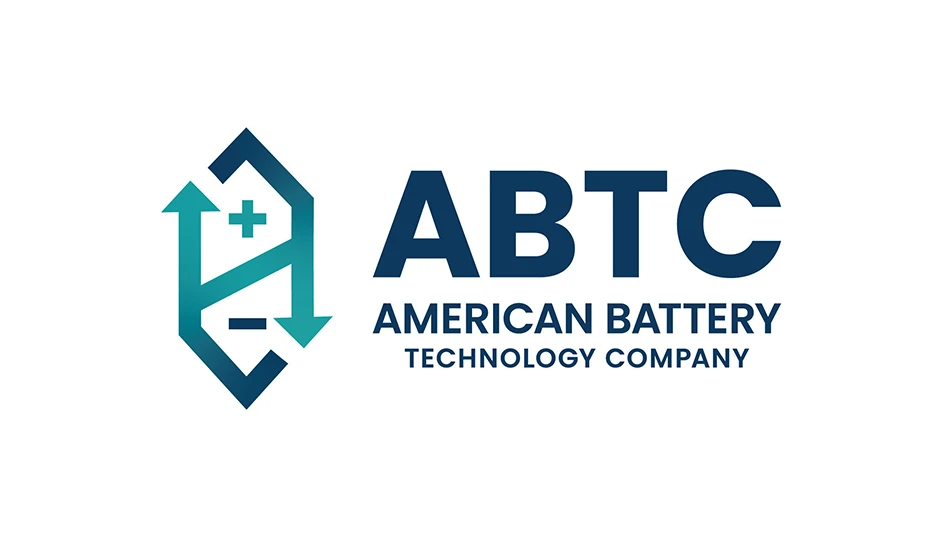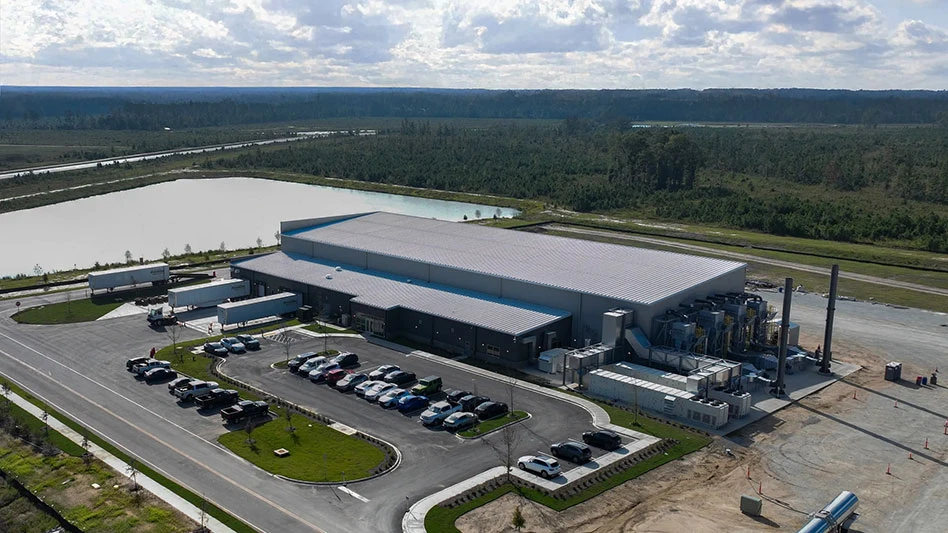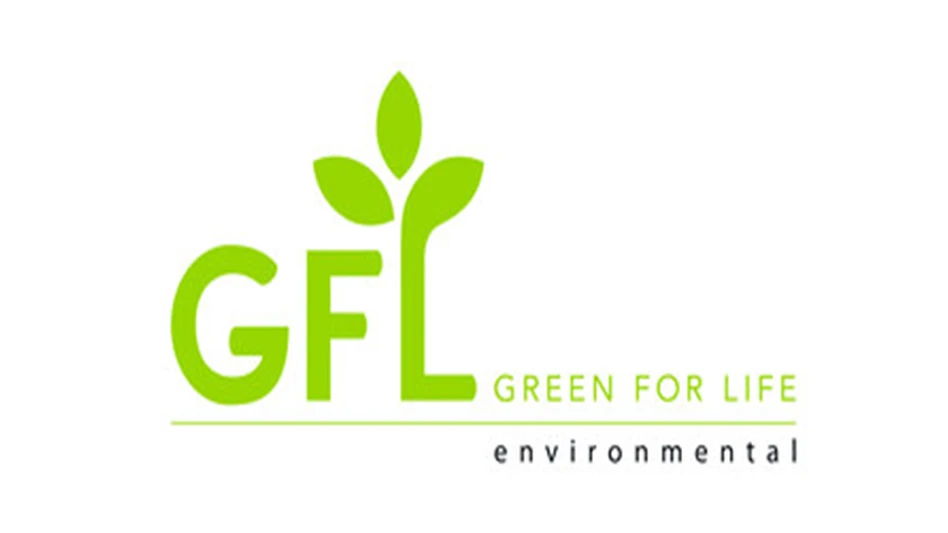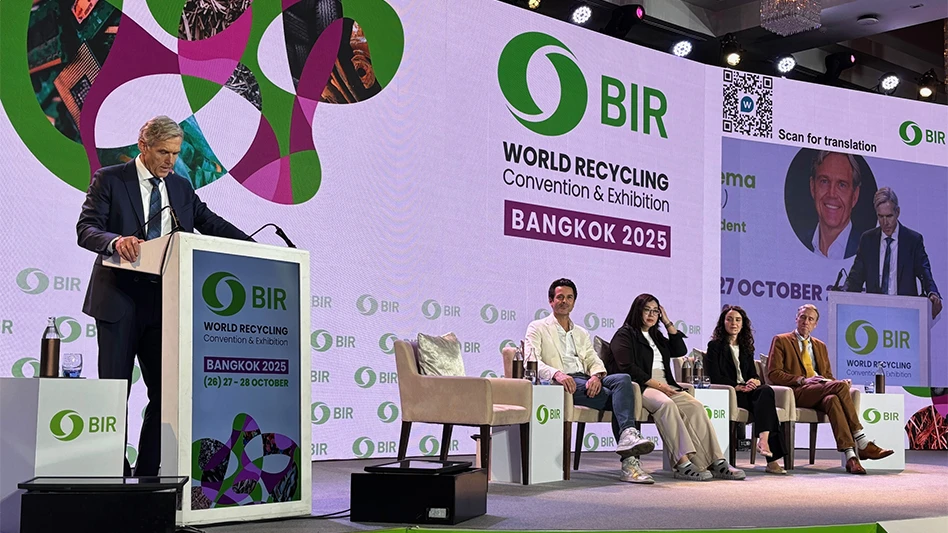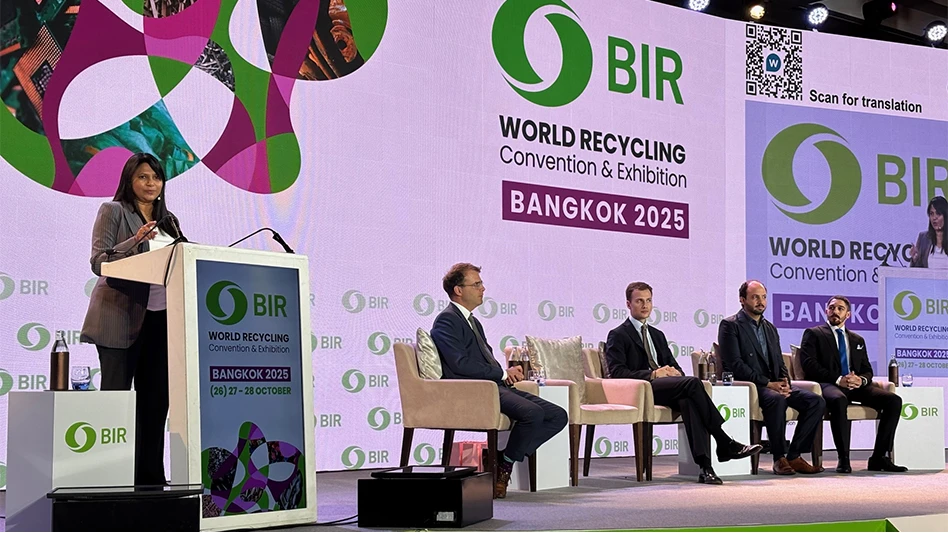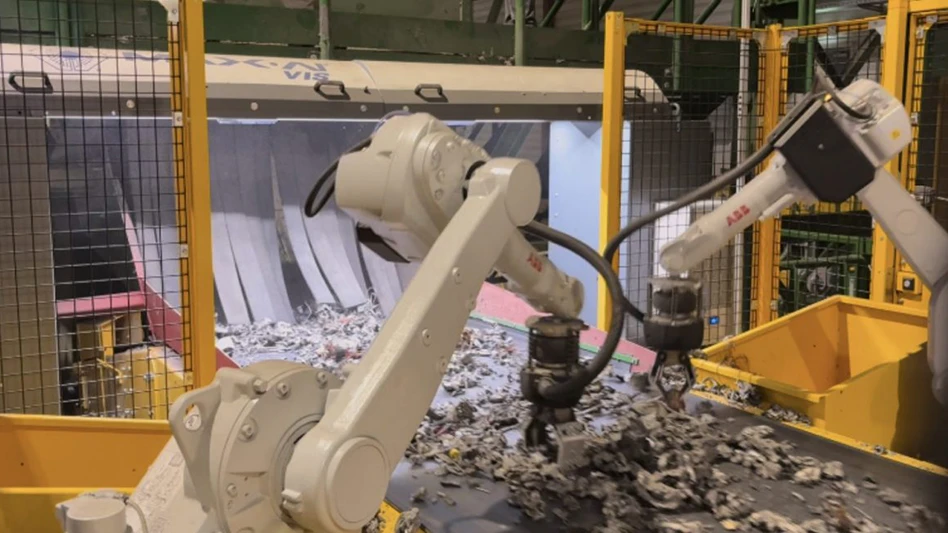
Photo courtesy of Bridgestone
At this year’s WasteExpo, Bridgestone Americas, the U.S.-based subsidiary of Bridgestone Corp., debuted its new Bangag Virtual Plant Tour, allowing a behind-the-scenes view of the company’s tire retreading process.
The virtual experience transports viewers inside a Bandag manufacturing plant to demonstrate the safety, reliability and sustainability factor of retreaded tires. The internet browser-based experience provides a step-by-step walkthrough of Bandag’s retreading process for customers who are unable to visit a Bandag retreading facility in person.
“The waste and recycling industry has long been a leader in innovation and a space to promote and advance sustainability-focused technologies,” says Brian Goldstine, president of retreat solutions for Bridgestone Mobility Solutions. “Through our virtual experience, Bridgestone is able to demonstrate the technology, testing and time that goes into producing every Bandag solution, regardless of their location.”
In 2023, Bandag retreads are estimated to have saved 100 million gallons of oil and kept nearly 7 million tires out of the waste stream, making retreading an important part of helping fleets reach their sustainability goals.
RELATED: How retreading programs can help extend waste fleet tire life
At WasteExpo, Travis Canada, a manager at Bridgestone, walked Waste Today through the 10-step retreading process.
Step 1: Initial inspection. Technician performs a 7-point inspection, both visual and hands-on, to determine the extent and type of damage and whether the tire can be advanced into the next step. The tire’s casing is examined via multiple rotations, and any holes and slashes in the tire’s sidewalls are evaluated using a repair chart to determine whether or not the tire can be retreaded. Some tires can be retreaded and go on to a steering application, while others can still be retreaded but will be downgraded to a drive application.
Step 2: Shearography: Using a laser-based technology, the technician detects any additional anomalies such as trapped air or separations to ensure only safe tires return to service.
Step 3: Buffing station: The tire’s tread is removed by buffing to just above the belt package.
Steps 4+5: Skiving and Repair: Skiving removes any damaged steel from the tire before repair, which is the last step to rebuilding the tire before retreading. Technicians will repair any damage to casing and sidewall splits, as well as complete section and cosmetic repairs. Patches are applied with cement and dated for later reference. Repairs will become a permanent part of the tire casing.
Step 6: Extruding. Technician applies a layer of rubber that acts as a cushion, filling any divots and bonding the casing to the tread.
Step 7: Builder. The technician will apply new tread to the casing, first measuring the exact length of tread needed for the tire then stitching the tread securely in place.
Step 8: Enveloping: High-strength, pressure-tested curing envelopes are placed around the tire before the curing process begins to ensure temperature and pressure uniformity in the curing chamber.
Step 9: Curing: Tires are placed into a curing chamber that is set to the temperature and cure time the tire calls for. Bandag cures at the lowest temperature in the industry—according to the company, the lower the curing temperature, the longer the life of the tire.
Step 10: Final inspection: Technician will take the tire out of the envelope and verify the retread has been properly applied, visually inspecting the tire to make sure it meets all quality standards.
From the start of the process, every tire is bar-coded so the owner is able to track every step of the retreading process. “When a customer gets a tire back, they know every single thing we did to their tire,” Canada says.
The Bandag Virtual Plant Tour will be widely available for customers in late summer 2024 and accessible here.
Get curated news on YOUR industry.
Enter your email to receive our newsletters.
Latest from Recycling Today
- Thommen Group acquires stake in battery service firm
- MRAI seeks aluminum recycling tax breaks
- Auto salvage and recycling facility site of fatal plane crash
- Komatsu invests in Canadian distribution center
- Aerosol can features Elysis primary aluminum, recycled content
- Smurfit Westrock CEO says Q3 characterized by ‘challenging months’
- Northeast Recycling acquires Arrow Container Services
- Textile Renewal Alliance debuts brand, website to support California’s textile EPR law
